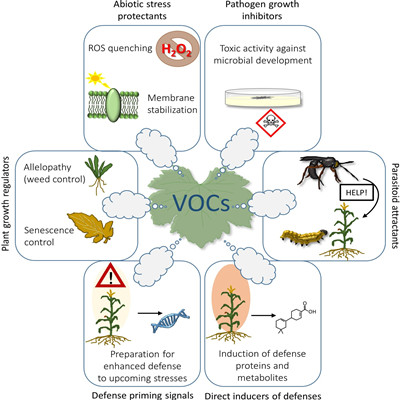- home > News > Filter knowledge
What are VOCs?
What are VOCs?
VOC refers to the volatile organic compounds in the air (Volatile Organic Compounds), VOCs refers to various volatile organic compounds, and TVOC refers to a certain range of total volatile organic compounds.
VOCs mainly include benzene, alkanes, aromatic hydrocarbons, alkenes, halocarbons, esters, aldehydes, ketones and others. The most common ones are formaldehyde, benzene, toluene, xylene, styrene, benzo[α]pyrene, trichloroethylene, chloroform, trichloroethane, diisocyanate, diisocyanate, etc. The main sources of VOC in the air are:

1. Building materials, interior decoration materials and living and office supplies. For example: organic solvents, paints, water-containing coatings, chemical carpets, cloth for clothes, detergents, etc.;
2. Incomplete combustion of household fuels and tobacco leaves, human excrement;
3. Outdoor industrial exhaust gas, automobile exhaust, photochemical smog, etc.;
Our country's standard for TVOC content in the air is 0.6mg/m³. When the standard is exceeded, eye discomfort, burning, dryness, foreign body sensation, edema, dry and itchy throat, shortness of breath, asthma, headache, anemia will occur , Dizziness, fatigue, irritability and other symptoms.
VOCs can smell, irritate, and some compounds are genotoxic, can cause immune level imbalance, affect the function of the central nervous system, dizziness, headache, drowsiness, weakness, chest tightness and other symptoms; may also affect the digestive system, appear Loss of appetite, nausea, etc., can damage the liver and hematopoietic system in severe cases, and cause allergic reactions.
In general, we mainly use formaldehyde, benzene, toluene, xylene, para[α]pyrene and TVOC as the detection indicators for air pollution.
Formaldehyde
Formaldehyde is a colorless gas with a special irritating odor, which is irritating to human eyes and nose. Because formaldehyde is easily soluble in water and ethanol, and has strong reducing properties, it is widely used in chemical, wood, printing and dyeing industries, and it is the most accessible in our daily lives.
The main hazard of formaldehyde is its irritation to the skin and mucous membranes. High concentrations of formaldehyde can cause acute and chronic poisoning. Formaldehyde concentrations greater than 0.08mg/m³ can cause redness, itchy eyes, throat discomfort or pain, hoarseness, sneezing, chest tightness, Asthma, dermatitis, etc. Long-term exposure to excessive formaldehyde may cause respiratory diseases, menstrual disorders, pregnancy syndrome, infants and young children's physical decline, liver poisoning, genetic mutations, cancer and other diseases.

Benzene Series
Mainly include benzene, toluene, xylene, etc., which have aromatic or pungent odors. They are used as solvents, additives, and thinners. They are widely used in building materials. Generally, the smell of paint that we often smell is the smell of benzene series.
Benzene is manifested in blood toxicity, genetic toxicity and carcinogenicity to health. Long-term exposure can cause various dermatitis, skin and mucosal bleeding and even leukemia. Both toluene and xylene are neurotoxic, causing headaches, nausea, confusion, and serious deaths.
Benzoprene
Benzoprene also belongs to polycyclic aromatic hydrocarbons. It is a very carcinogenic substance. It is mainly produced under incomplete combustion. We see black smoke, car exhaust, cooking, smoking, etc. Benzoprene exists in both.
Previous:上一篇:What are the planktonic bacteria in the air?
Next:下一篇:Harmful inorganic substances in the air
Next:下一篇:Harmful inorganic substances in the air
Please Feel free to give your inquiry in the form below.We will reply you in 24 hours.

